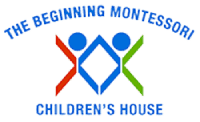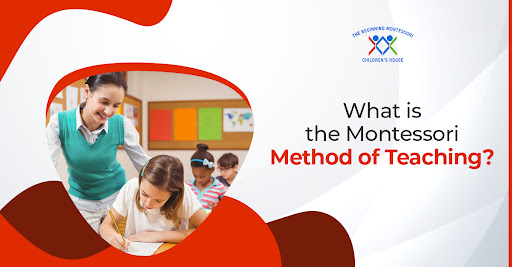The Montessori Method of Teaching is an educational approach developed by Dr. Maria Montessori. It is a child-centered approach that focuses on the development of the whole child, including their social, emotional, physical, and cognitive development. This method emphasizes independent learning, exploration, and discovery. The Method of Montessori preschool program Teaching is based on the following principles:
Child-Centered Learning: In the Montessori Method of Teaching, the child is considered the center of the learning process. Teachers act as guides, facilitating the child’s exploration and discovery of new concepts and ideas.
Prepared Environment: The Montessori classroom is designed to promote independent learning and exploration. It is a carefully prepared environment that is well-organized and equipped with age-appropriate materials.
Hands-On Learning: The Montessori Method of Teaching emphasizes hands-on learning. Children are encouraged to use all of their senses to explore and learn about the world around them.
Mixed Age Groupings: In the Montessori classroom, children of different ages and abilities work together. This allows for natural peer teaching and learning.
Individualized Learning: The Montessori Method of Teaching recognizes that each child is unique and learns at their own pace. Teachers provide individualized instruction based on each child’s needs and abilities.
Benefits of the Montessori Method of Teaching
The Montessori Method of Teaching has numerous benefits for children, including:
Independence: The Montessori Method of Teaching fosters independence and self-motivation in children.
Creativity: The Montessori classroom allows for creativity and self-expression, promoting a lifelong love of learning.
Social and Emotional Development: The Montessori Method of Teaching promotes social and emotional development, helping children to become confident and resilient individuals.
Academic Achievement: Research has shown that children who attend Montessori schools perform well academically and are well-prepared for higher education.
Environmental Awareness: The Montessori Method of Teaching encourages environmental awareness and responsibility.
How to Incorporate the Montessori Method of Teaching at Home
Parents can incorporate the Montessori Method of Teaching at home by following these simple steps:
Create a Prepared Environment: Set up a designated area for your child to play and learn, with age-appropriate materials.
Encourage Exploration and Discovery: Allow your child to explore and discover new concepts and ideas on their own.
Provide Hands-On Learning Opportunities: Offer activities that promote hands-on learning and sensory exploration.
Foster Independence: Encourage your child to be independent and self-motivated.
Follow Your Child’s Lead: Observe your child’s interests and abilities, and provide individualized instruction based on their needs.
Conclusion
The Montessori Method of Teaching is a child-centered approach that promotes independent learning, exploration, and discovery. It has numerous benefits for children, including independence, creativity, social and emotional development, academic achievement, and environmental awareness. Parents can incorporate the Montessori Method of Teaching at home by creating a prepared environment, encouraging exploration and discovery, providing hands-on learning opportunities, fostering independence, and following their child’s lead.
We hope this guide has been helpful in understanding the Montessori Method of Teaching and how it can be incorporated into your child’s education. Thank you for reading!


